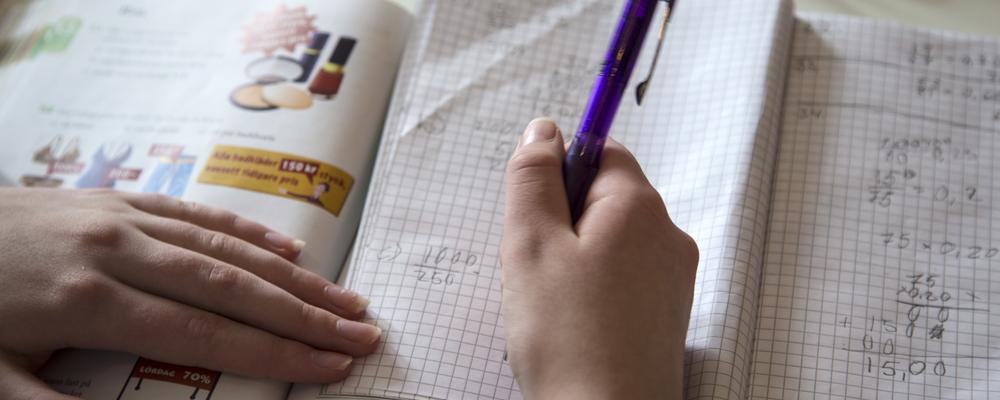Professor Kajsa Yang Hansen is co-editor of the book Effective and Equitable Teacher Practice in Mathematics and Science: A Nordic Perspective Across Time and Groups of Students, published in April 2024. In the book, researchers from four Nordic countries analyse the correlations between teachers' teaching quality and pupils' results in mathematics. The data is taken from the large-scale, international study Trends in Mathematics and Science Study (TIMSS) from the years 2011 and 2019.
Swedish Results Stand Out
In Denmark, Norway, and Finland, pupils' mathematics performance shows a negative trend, while Swedish pupils' performance increases slightly during the period in question. Another clear result is that the differences between different schools have increased over time. The largest differences are found in Sweden.
"The achievement differences between different schools have been increasing for a long time in Sweden. During each ten-year period, we can see that equity decreases and that socioeconomic status becomes increasingly important for how students cope with mathematics," says Kajsa Yang Hansen.
More Disruptions in Classrooms
More teachers report classroom disruptions in 2019 than in 2011. This can include students who are tired, frequently absent, students with language barriers, or challenging behaviour towards the teacher. The trend is visible in all countries and is linked to changes in pupils' performance over time.
"The time teachers can spend on teaching is reduced in the classrooms where the teacher has to devote themselves to disciplinary measures or other interruptions. Here we see large and growing differences between schools, where some schools have major problems while others can focus on the subject," says Kajsa Yang Hansen.
Unequal Distribution of Teachers
The book also presents results that indicate skilled teachers tend to work in schools with many students of high socioeconomic status (SES).
"It is both the case that teachers in vulnerable schools have poorer conditions to cover the curriculum's content in lessons and that good teachers are attracted to schools that offer a calmer working environment," says Kajsa Yang Hansen.
Implications for Decision-Makers
The book also includes a "Compass Brief" summarising the results and their implications for decision-makers. It proposes adaptations in teacher education and that teachers receive further training in inclusive teaching strategies for different groups of students. Kajsa Yang Hansen believes that the declining equity needs to be taken seriously:
"Some children get double risk factors. The fact that students who have poorer conditions from home also have poorer conditions to learn mathematics in the classroom is not just a school problem; it is a societal problem."


